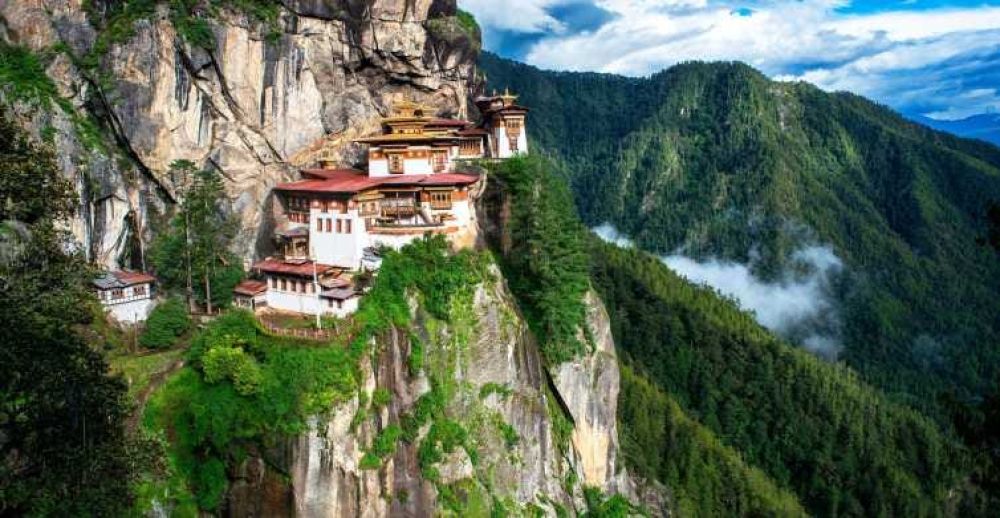

Located on the southern border of Bhutan adjacent to the Indian town of Jaigaon, Phuentsholing serves as a bustling commercial and tourism entry point. The history of tourism in Phuentsholing mirrors the wider narrative of Bhutan's cautious opening to tourism, which preserves the nation's unique identity while inviting the world to experience its wonders.
The earliest stages of tourism in Bhutan, and by extension Phuentsholing, date back to 1974 when the country officially opened its doors to foreign visitors to celebrate the coronation of the Fourth King His Majesty Jigme Singye Wangchuck. Initially, the number of tourists, as well as the infrastructure, was quite limited. Tourism was regulated under the philosophy of "High Value, Low Impact," which aimed to minimize the effects of tourism on the country's pristine environment and unique culture.
As the closest Bhutanese town to the Indian plains, Phuentsholing plays a critical role in Bhutan's tourism industry. It acts as a transit point for tourists looking to explore the inner parts of Bhutan, including Paro, Thimphu, and Punakha. Consequently, Phuentsholing saw the development of numerous hotels, restaurants, and other amenities catering to international guests. The town itself offers a microcosm of Bhutanese culture and a blend of Bhutanese and Indian communities living harmoniously.
One must-visit landmark in the town is the Zangtho Pelri Lhakhang, which is a small temple representing Guru Rinpoche’s celestial abode. Another key attraction is the beautifully sculptured and peaceful Karbandi Monastery founded in 1967 by the Royal Grandmother, Ashi Phuntsho Choedron. Visitors can also enjoy the intricate traditional architecture at the border gate, which stands as a vivid symbol of Bhutanese culture.
In recent years, the Government of Bhutan has increased efforts to promote sustainable tourism by developing new policies and infrastructure improvements. As international travellers become more conscious of their ecological footprint, Bhutan's commitment to sustainability has become even more attractive.
One of the latest trends in Phuentsholing and Bhutanese tourism is the increasing popularity of cultural experiences and adventure tourism. Travellers are seeking authentic interactions, such as village homestays, traditional Bhutanese cooking classes, and participation in local festivals. Moreover, with the rise of digital connectivity, Phuentsholing has begun to feature on social media travelogues and blogs, enhancing its visibility to a global audience.
To visit Bhutan, travelers, except for those from India, Bangladesh, and the Maldives, need to obtain a visa and book their trip through a registered Bhutanese tour operator. The tourism tariff set by the Bhutanese government includes accommodation, transportation, a guide, and meals. Phuentsholing is accessible by road from India, which makes it convenient for tourists to enter Bhutan after exploring the neighbouring Indian states.
While Bhutan continues to prioritize the balance between cultural preservation and modernization, Phuentsholing remains a vibrant testament to this approach and an inviting first encounter with the Land of the Thunder Dragon.